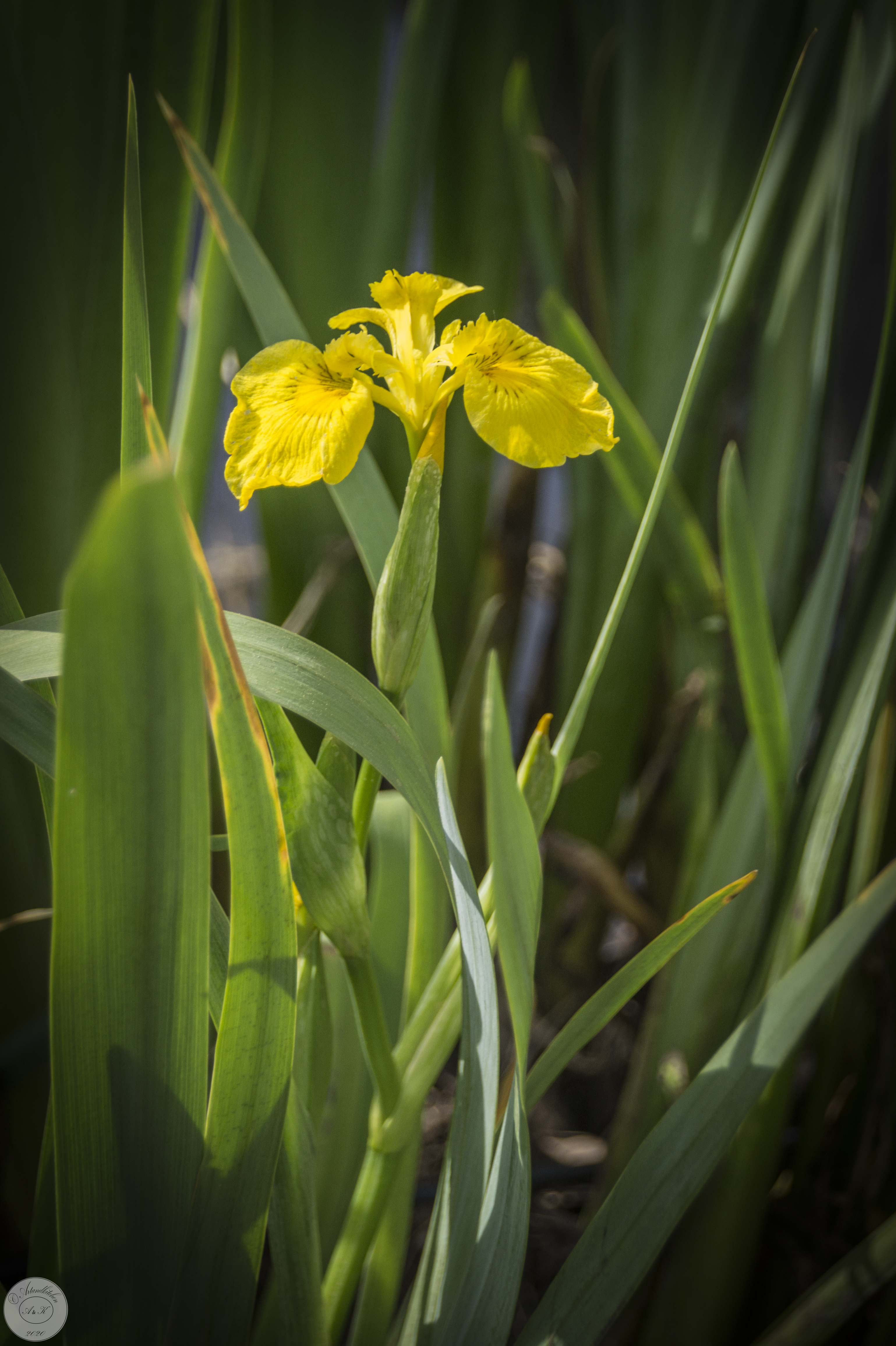
Today I would like to explain you how to find 4 leaf clovers!
Since I was a child, I was used to find 4-leaf clovers again and again! My method was to spot the angles between the leaves (120 degrees for 3-leaf clovers and 90 degrees for 4 leaf clovers). Most 3/4 leaf clovers have a light part in the leaves; in these case the 3-leave clovers show triangles and 4-leaf clovers a square!
For the other ones (plain green leaves) I see a cross into the 4-leaf clovers and in this way I saw the difference.
Another tip is: if you find one, look near to this, very ofter the genetic mistake produce more of them so that the probability to find more is much higher! You may also make yourself a note of the place and after one week or so, check again the same place!
More and more you look after 4-leaf clovers, more and more you will be able to find some in a few minutes!
According to tradition, finding a four-leaf clover brings luck to the person who discovers it, in my case it’s only fun, but I love to dry from time to time some of them for making good wishes cards.
I’m lucky, very lucky to have a garden, if you don’t have this possibility now, you may exercise virtually and have fun with these links:
https://newbiefarmergirl.com/2018/03/16/find-the-4-leaf-clover-%F0%9F%8D%80/
Can you find the four leaf clover? Good luck
How to find a 4-leaf clover
Find A Four Leaf Clover
Two 4-leaf clovers in the picture
This slideshow requires JavaScript.






















































